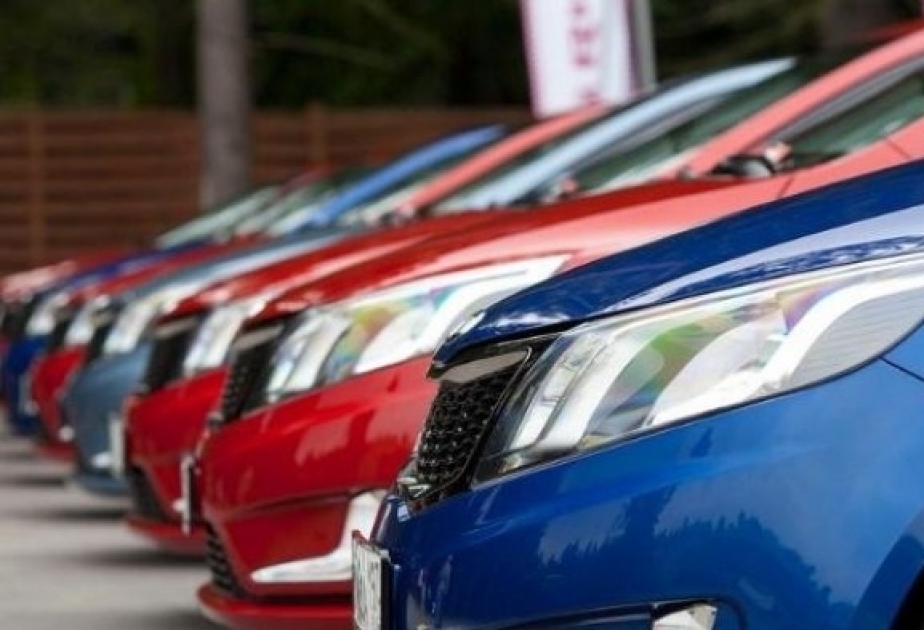China is on track to become the world's top automobile exporter on an annual basis for the first time, thanks to bigger footholds in Russia and Mexico and a growing global electric vehicle (EV) industry, according to Nikkei Asia.
China exported 4.41 million autos from January to November, up 58% from the same period last year, according to preliminary data from the China Association of Automobile Manufacturers (CAAM).
That puts it ahead of former export leader Japan, which saw a 15% rise to 3.99 million autos in the first 11 months of the year. Japan's full-year total is expected to come in at around 4.3 million.
The last time Japan fell from the top spot was 2016, when it was overtaken by Germany.
China aims to become an automotive powerhouse, and sees the global shift to EVs as a way to achieve that goal.
Also providing a boost to Chinese exporters is the Russian market, where Japanese and Western automakers' withdrawal has been a boon for their Chinese rivals.
China exported 730,000 vehicles to Russia in the January-October period, seven times as many as a year earlier. Chery Automobile and Great Wall Motor exported mostly gasoline-powered cars to the country, including midsize and large sport utility vehicles (SUVs).
After Russia, the second biggest gainer in Chinese exports is Mexico, where the volume climbed 71% to 330,000 vehicles. Chinese automakers are looking to build a customer base in the country to serve as a foothold for an eventual expansion into the U.S. and Canadian markets.
Chery, SAIC Motor and Anhui Jianghuai Automobile (JAC) have all grown exports to Mexico.
Exports of EVs and other new energy vehicles jumped 77% on the year to 1.43 million units in the January-October period, according to CAAM. The vehicle category accounted for 34% of all auto exports during those months.
Most of China's energy vehicles exports headed to Europe and Southeast Asia. Tesla, which has operations in China, and BYD, the world's second-leading EV maker, are driving these exports.
BYD's mainline SUV, the Atto 3, sells for 38,000 euros (around $42,000) in Europe. This compares to the region's average EV price hovering between 50,000-60,000 euros.
Chinese automakers have expanded exports to Southeast Asia, where Japanese rivals hold a large market share. But the slow shift to EVs by Japan's automakers has led to a decline in market share.
Between January and October, exports of new energy vehicles from China to other Asian markets closed in on the volume for Europe. Exports to Thailand doubled last year's figure, outstripping exports bound for the U.K.
"From now on, this will become an era of a battle against the Japanese in the Southeast Asian market," said an executive at a major state-owned Chinese automaker.
Tomoyuki Suzuki, managing director at U.S. consulting firm AlixPartners, sees state subsidies as a major factor in Chinese automakers' competitive advantage in exports.
"The massive infusion of subsidies by the Chinese government has expanded the supply chain for automotive manufacturing and sales across the border," said Suzuki.


















